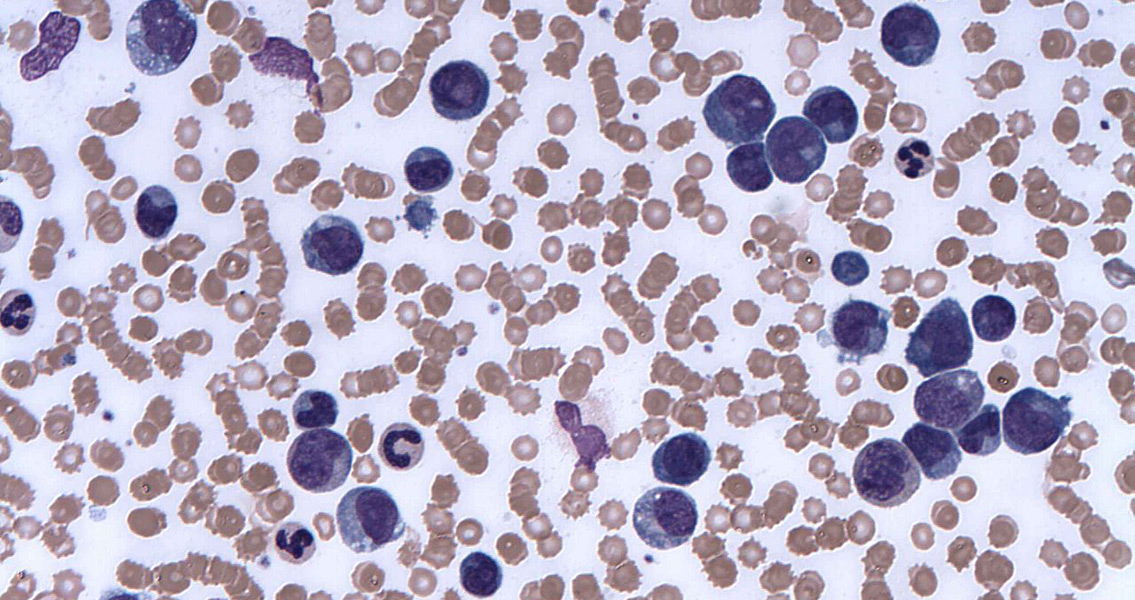<![CDATA[Possibly the oldest known case of leukemia has been identified in a woman’s skeleton dated back to 7,000 years ago, Discovery News reports. The skeleton was unearthed back in 1982 from a burial site from the Neolithic era in southwestern Germany, along with another 72 bodies all belonging to the Linear Pottery Culture – a civilisation of farmers that lived in western and central Europe between 5500 and 4800 BCE. Initially, the researchers only identified a severe case of caries and an inflammation of the alveoli, the leader of the research team Heike Scherf told Discovery News. Later, however, they examined the bones with a CT scanner and found substantial loss of spongy bone, indicative of leukemia. Scherf, who works at the Senckenberg Centre for Human Evolution and Palaeoenvironment at the University of Tubingen, said the high-resolution CT scan revealed a specific pattern of spongy bone loss, in the humerus and the sternum. The humerus is the bone connecting the shoulder to the elbow, and the sternum is popularly called the breastbone. Spongy bone is a thin network of bone tissue, also called cancellous bone. It is contained within the cortical bone that makes up the outside of bones and in its turn contains the bone marrow. The researchers compared the degree of spongy bone loss in the woman, who died when she was between 30 and 40 years of age, with other skeletons from this age group from the same site as well as with more recent samples of adults. The comparison revealed that the degree of loss, or resorption, is substantially higher in the woman, and its concentration in these two bones led the scientists to rule out other diseases such as osteoporosis, bone cancer, or hyperparathyroidism, all of which also cause loss of spongy bone matter. According to Scherf, the leukemia was in its early stages when the woman died, and had affected what are called the hematopoietic stem cells. Hematopoietic stem cells originate in the red bone marrow, the marrow that is in the core of bones, and are the basis for all blood cells. Commenting on the find, Frank Ruhli, head of the Institute of Evolutionary Medicine at the University of Zurich, told Discovery News that it could have implications for a better understanding of the evolution of leukemia, a disease that is quite frequent in the modern day. At the same time he cautioned that it is difficult to be entirely certain whether the damage to the woman’s bones was indeed caused by leukemia, as the specimen is so ancient. Scherf himself admits that even with the cutting-edge technology available to researchers today, it is hard to be 100% sure and it is impossible to extract any further details, such as what type of leukemia the woman died of. He did note, however, that in another instance, a leukemia-causing virus was found in a 1,500-year-old mummy in the Chilean Andes. The virus caused T cell leukemia, a type of the disease that groups several types of lymphoid leukemia affecting the T cells of the immune system. Medical science distinguishes between four types of leukemia, two chronic – with a slower onset – and two acute – with a quick onset and development. The more common types are acute myelogenous leukemia and chronic lymphocytic leukemia. While the former affects children and adults alike, the latter is most common among people over the age of 55. Image courtesy of Wikimedia Commons user: Erhabor OSaro]]>
Evidence of Leukemia Found in 7,000-Year-Old Skeleton
